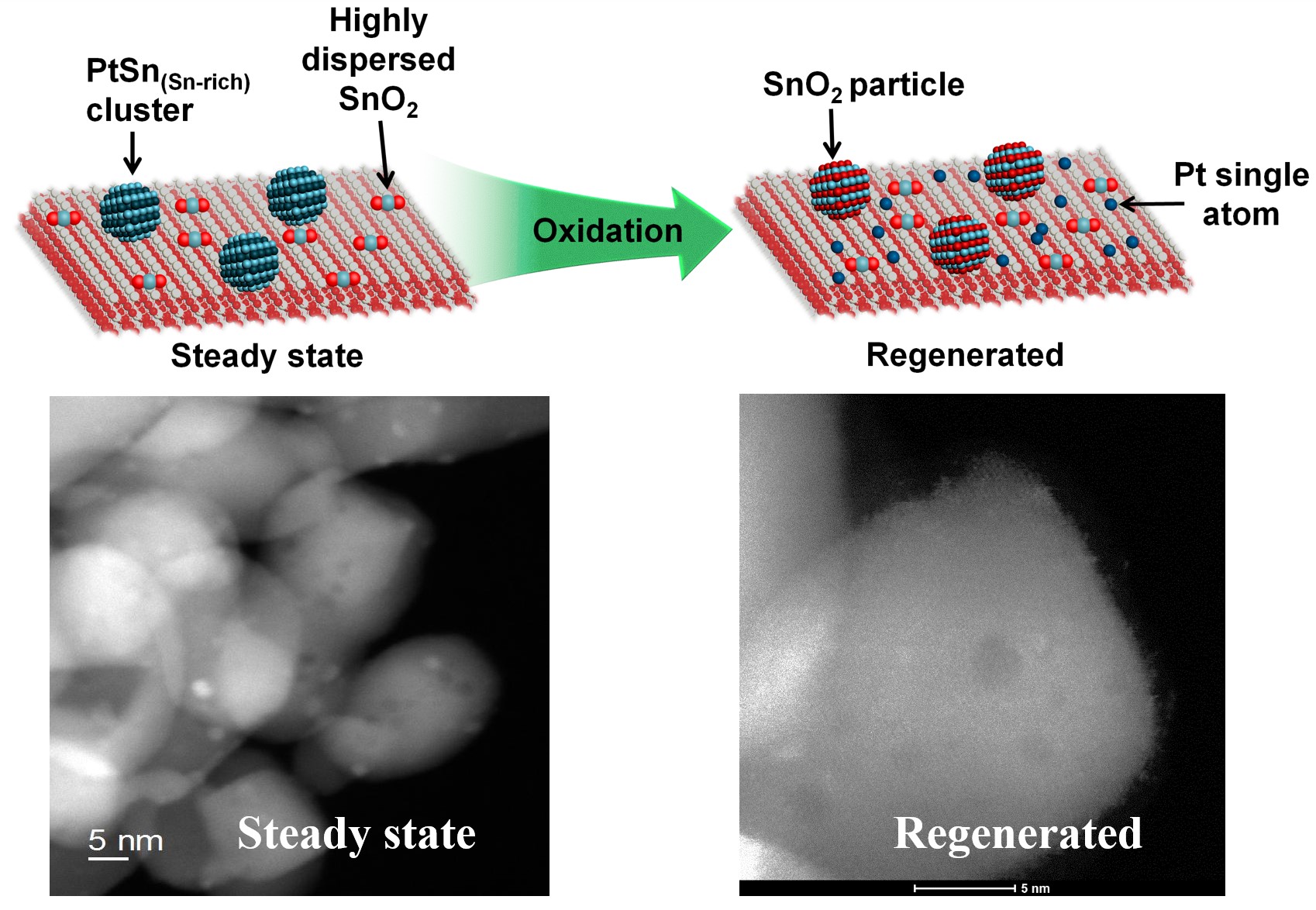News & Events
MSC03 2060
300 Terrace St. NE
Albuquerque, NM 87131-0001
Physical Location:
Clark Hall
Phone: 505-277-6655
chemistry@unm.edu
MSC03 2060
300 Terrace St. NE
Albuquerque, NM 87131-0001
Physical Location:
Clark Hall
Phone: 505-277-6655
chemistry@unm.edu

Profile: Dr. Abhaya Datye received his BTech in Chemical Engineering from IIT Bombay in 1975. He received his MS in Chemical Engineering from the University of Cincinnati in 1980. Dr. Datye received his PhD in Chemical Engineering from the University of Michigan in 1984.
Dr. Datye has been on the faculty at the University of New Mexico since 1984 and presently serves as the undergraduate advisor for chemical engineering. He is Director of the Center for Microengineered Materials, a strategic research center at UNM that reports to the Vice President for Research. His research group has pioneered the development of electron microscopy tools for the study of catalysts. His current work involves the synthesis of biorenewable chemicals, fundamental studies of catalyst sintering, alcohol reforming into H2 and synthesis of novel nanostructured heterogeneous catalysts, especially the stabilization of isolated single atoms on supports.
Abstract: While it may seem obvious to most chemists that catalysis occurs on single sites, the mainstay of industrial heterogeneous catalysis involve supported metals, where nanoparticles of an oxide or a transition metal are supported on thermally stable supports such as silica or alumina. Here the active site is an ensemble of atoms. Hence, when it was discovered that single metal atoms could be stabilized on oxide supports and serve as catalysts, there was a lot of excitement in the catalysis community [1]. To make these single atom catalysts practical for industrial use, it is important to tune their properties for specific reactions, and to make them stable and regenerable. This is the focus of our research at UNM.
Nanoparticles are widely used on oxide supports in the petrochemical industry, automotive exhaust pollution control, in satellite thrusters and even your copy machine, to get rid of ozone. While these catalysts are useful for removing harmful pollutants, the size of the particles can grow after use at elevated temperatures, wasting the expensive and scarce metals used as active sites. The formation of large particles from atomically dispersed systems is called catalyst sintering and plagues all industrial catalysts.
 |
|
Figure 1. Aberration corrected Scanning Transmission Electron Microscope (AC-STEM) image of the working Pt/Sn-CeO2catalyst (a) after 6 h at 680 °C in C3H8 and H2 and (b) after oxidative regeneration in flowing air at 580 °C [1]. |
The key breakthrough [2] was our observation that Pt atoms can be trapped when the catalyst is heated in air at high temperatures, to form single atoms, under conditions that normally destroy Pt-based catalysts. This presentation will describe how catalytic performance changes as the size of a nanoparticle is changed, all the way to atomic dimensions. The figure above provides an example of a stable and regenerable catalyst we developed for converting propane into propylene [3]
1. X.F. Yang, A.Q. Wang, B.T. Qiao, J. Li, J.Y. Liu, and T. Zhang, Single-Atom Catalysts: A New Frontier in Heterogeneous Catalysis. Accounts of Chemical Research, 2013. 46(8): p. 1740-1748.
2. J. Jones, H.F. Xiong, A.T. Delariva, E.J. Peterson, H. Pham, S.R. Challa, G.S. Qi, S. Oh, M.H. Wiebenga, X.I.P. Hernandez, Y. Wang, and A.K. Datye, Thermally stable single-atom platinum-on-ceria catalysts via atom trapping. Science, 2016. 353(6295): p. 150-154.
3. H.F. Xiong, S. Lin, J. Goetze, P. Pletcher, H. Guo, L. Kovarik, K. Artyushkova, B.M. Weckhuysen, and A.K. Datye, Thermally Stable and Regenerable Platinum-Tin Clusters for Propane Dehydrogenation Prepared by Atom Trapping on Ceria. Angewandte Chemie-International Edition, 2017. 56(31): p. 8986-8991.
See Announcement
